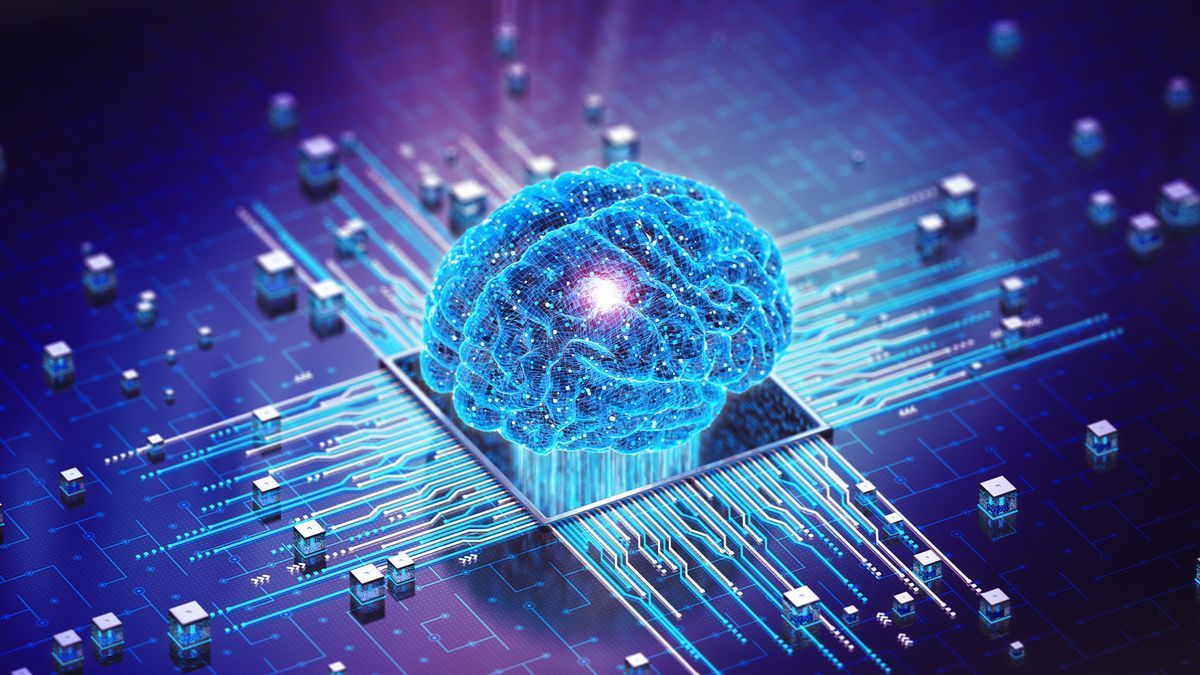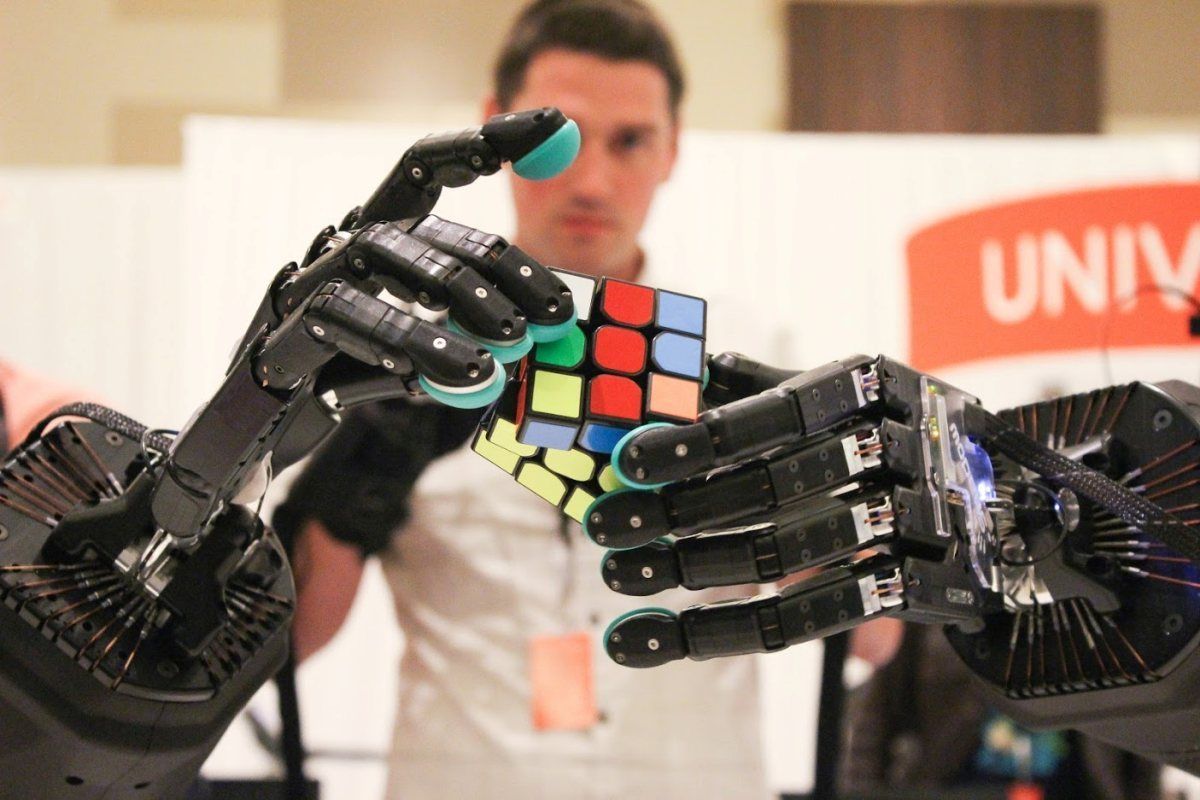
At first, it seemed like a gimmick.
Haptic feedback buzzing when you pick something up in either a video game or a gamified setting? Cool, now what?
But now, we are in an age where some really smart people have gotten their hands on this to transform several experiences in various industries.
From surgical training to driving assistance, the buzz around haptic feedback has been growing.
Here are five ways haptic feedback has been incorporated into various industries - and, yes, gaming is one of them because it actually has become kind of cool:
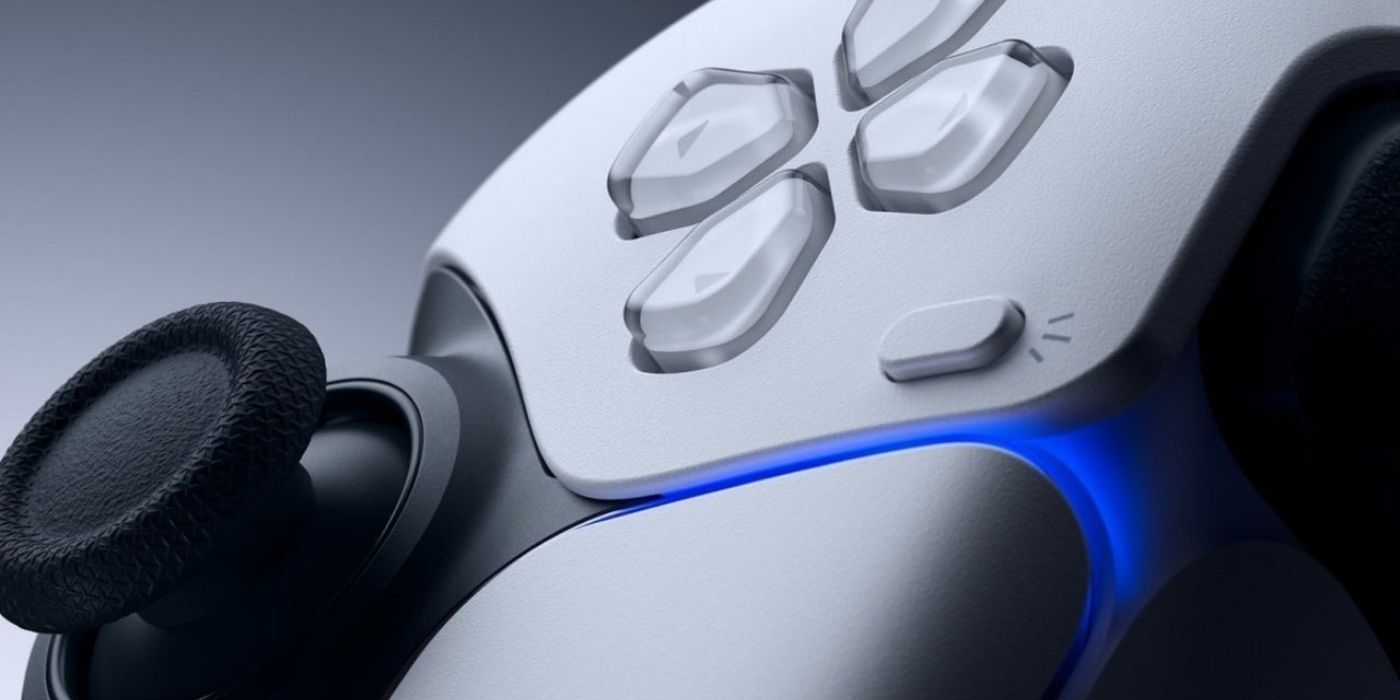
Haptic feedback: Consumer electronics
Yes, we will start here with an obvious one. Game controllers fall under the category on this list of "consumer electronics." Throughout the years, we have seen a growing number of instances where haptic feedback does appear to make a difference in experiences.
Smartphones buzz when someone calls.
Game controllers shake when the ogre attacks.
Fitness trackers give you a little shock treatment when it's time for your hourly movement.
That has all led to an environment where haptic feedback is no longer a term for tech experts but for the general public. All of these examples enhance activities that we have been doing for ages.
Haptic feedback: Automotive industry
Ever feel a buzz from your steering wheel, especially if you have a newer car? That's haptic feedback at work right there.
It's called "advanced driver assistance systems" and it's a safety feature that is not necessarily new.
It debuted on cars back in the 1970s. But the true haptic feedback system has become standard on newer cars as innovation grows.
Beyond these systems, however, are the subtle shakes when you touch certain menu selections. It's a growing trend and one that will only get deeper.
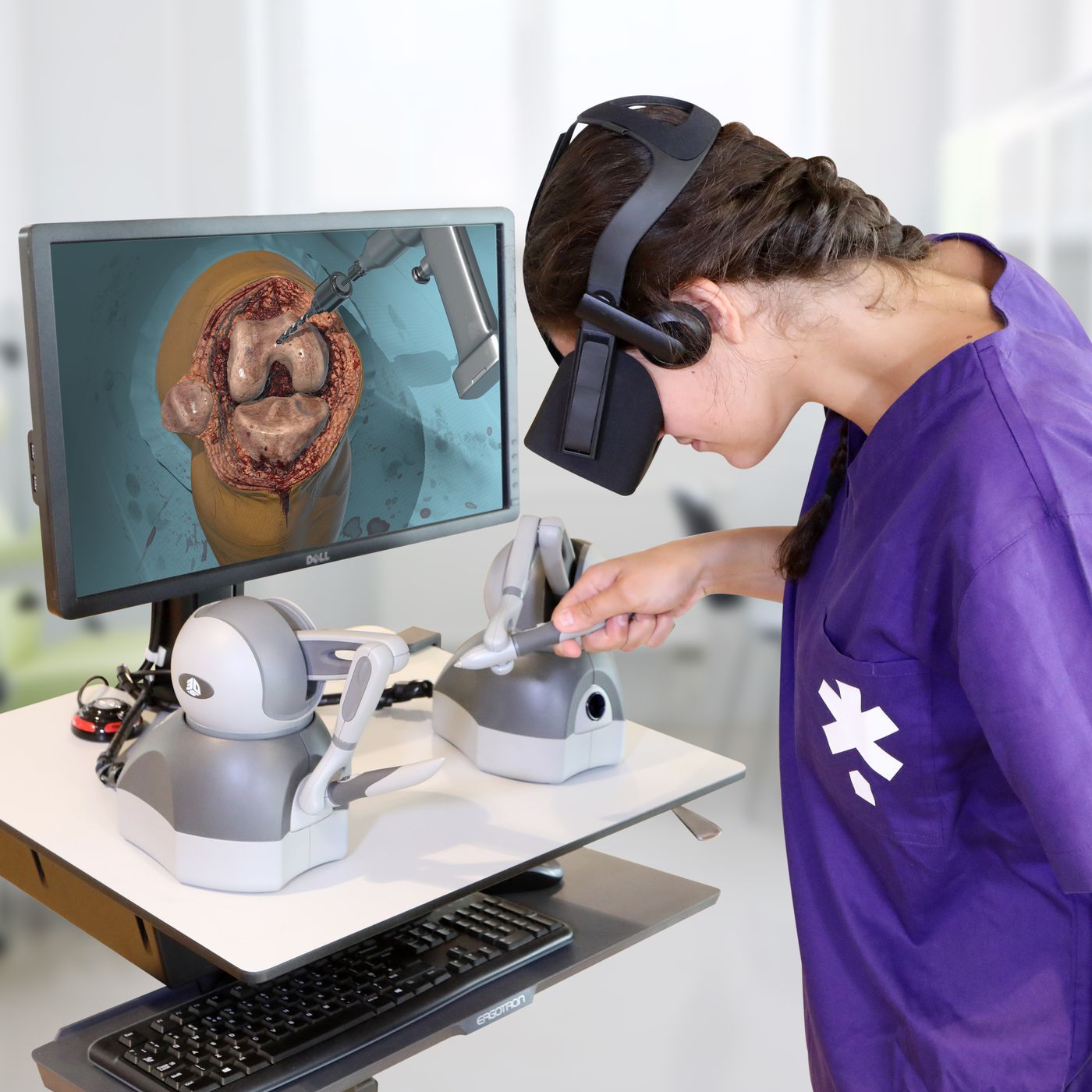
Haptic feedback: Medical industry
Perhaps one of the more important sectors that have enhanced haptic feedback is medicine. It has changed surgery while also improving training for future generations of medical professionals.
For surgery, haptic feedback is used in surgical robots to provide surgeons with a sense of touch and force feedback while operating remotely. This allows for more precise and delicate procedures with improved control.
Meanwhile, in training, haptic feedback can be integrated into training simulators to provide trainees with a realistic feel of virtual tissues and organs, improving their psychomotor skills and preparedness for real-world scenarios.
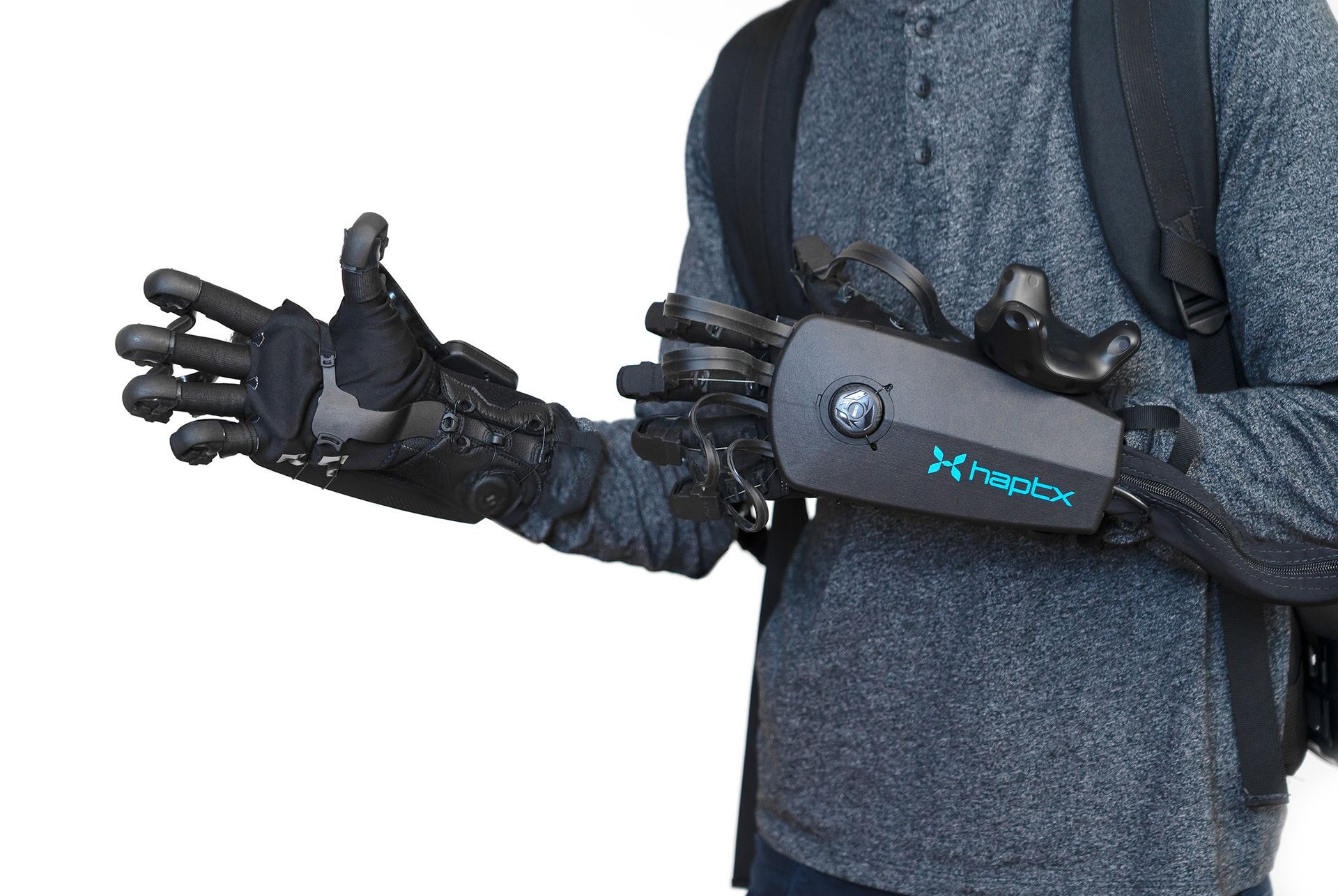
Haptic feedback: Manufacturing
Don't ever sleep on the long-running industry manufacturing when it comes to emerging technologies and their incorporation.
Haptic feedback is no different.
Already, we have seen haptic feedback used in robotic assembly lines to detect defects or inconsistencies in products. By sensing subtle variations in force or texture, robots can identify and flag potential issues for human inspection.
It's a phenomenal illustration of the synergy between automation and human skillsets.
On the flip side, haptic feedback can be used in conjunction with telepresence robots, allowing operators to remotely feel and interact with objects in
hazardous or delicate environments.
That's some movie magic right there.
Haptic feedback: Retail industry
Last, but certainly not least in our tour of haptic feedback-enabled industries, we have the retail industry.
Haptic feedback has been incorporated into interactive product displays in retail stores, allowing customers to feel the texture, weight, or other physical properties of products virtually.
This can enhance the shopping experience and provide additional product information without requiring physical handling.
Haptic feedback technology will continue to evolve. As it does, we can expect to see even more innovative applications emerge across various industries, blurring the lines between the physical and digital worlds and creating richer, more interactive experiences.


